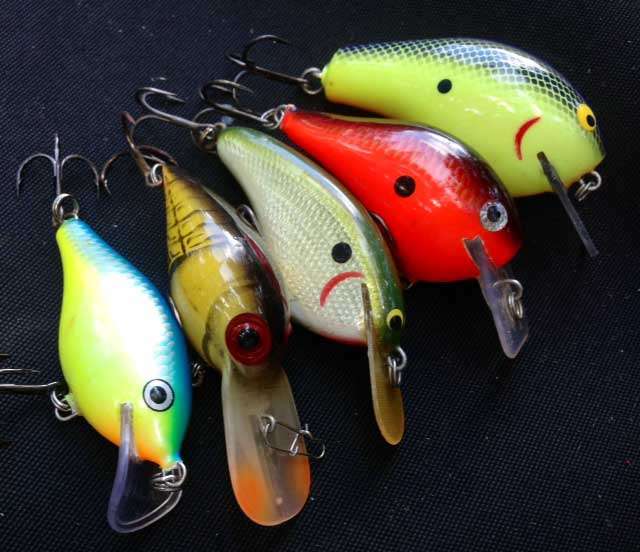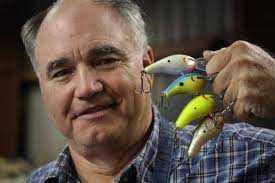
Ever use the term “hunt” in describing the swimming action of a crankbait?
I’m sure many of you have. It’s become jargon among bass anglers everywhere.
The term describes the exaggerated motion of certain crankbaits that wander back and forth in unpredictable fashion … like a bloodhound with its nose to the ground, hot on the trail.
It wasn’t long ago that these specialized crankbaits were in huge demand. Top-level pros were spending as much as $50 per lure to acquire them from custom makers, most of whom were based in the Carolinas. Even if cost was of no concern, getting one was often a challenge — waiting periods lasted as much as six months or more.
Even worse, there were no guarantees these custom baits would perform. In fact, you might have to go through several to find a really good one — one that would produce the desired wandering action and — more importantly — one that would consistently fool fish.
Seeing the Trend
Recognizing a demand for these specialized crankbaits, large-scale manufacturers also tapped the market.
According to master lure designer Lee Sisson, production crankbaits could hunt long before the Carolina customs ever took hold. Sisson developed lures for Bagley’s and his own brand, Lee Sisson Lures. He claims his square-bill designs would hunt simply by nature of their buoyant, full-body profiles and short, stubby lips. In Sisson’s words, they would run “right to the edge of running out of control.”
The truth is, however, no matter what size production is involved, consistency can be a problem … especially when you’re dealing with balsa. Some crankbaits will create more resistance during the retrieve — or what’s referred to as “pull” — and those are the ones savvy pros search for.
I remember a particular Bagley DB2 that former Elite Series pro, Mark Tucker prized. That thing looked like it had been dragged through a mile of riprap. It had paint chips and chew marks everywhere, even the diving bill was loose. But according to Tucker, it was the best crankbait he owned. Although he had others like it, none gave him the confidence of the old warrior.

Rapala also became a player in the square-bill market when they introduced the DT Fat3. And I can tell you straight up, it’s a great lure. I’ve caught some tremendous fish with it, including a six pounder during my “Day On The Lake” challenge for Bassmaster Magazine (April 2008).
More recently, the company introduced their ScatterRap series of lures — all of which are designed specifically to hunt. Product development manager Mark Fisher discovered a unique bill design that forces these lures to swim erratically off track, then back again — one that’s not square, but cup-shaped. The lip design works so well, he applied it to several body styles, including some that are slimmer … even minnow shaped.
Like the DT series, ScatterRaps are made from high-grade balsa, and they swim like nothing else in the water.
Certain plastic crankbaits can also hunt. Take the Storm Wiggle Wart for example. It’s still the cold-water standard for deep, clear reservoirs throughout the country.
Why They Work
So why are crankbaits that hunt so effective? For a couple of reasons:

One is they come through cover far better than their truer running counterparts. You can bang them off stumps, cypress knees or the branches of laydown trees, and they usually plow right through. The other is because of their frantic, evasive swimming action. Simply put, they look like bait trying to escape, especially when deflecting off cover. And that, to a bass, is the signal to strike!
If you’re still not sold, I suggest you ask any other touring pro. I guarantee every one of them carries a selection of crankbaits that will hunt. I know I do — and lots of them!
So the next time you’re in a situation where a crankbait might work, try something different. A lure that hunts may not always produce better than one that runs true, but when it does it’s game on!





